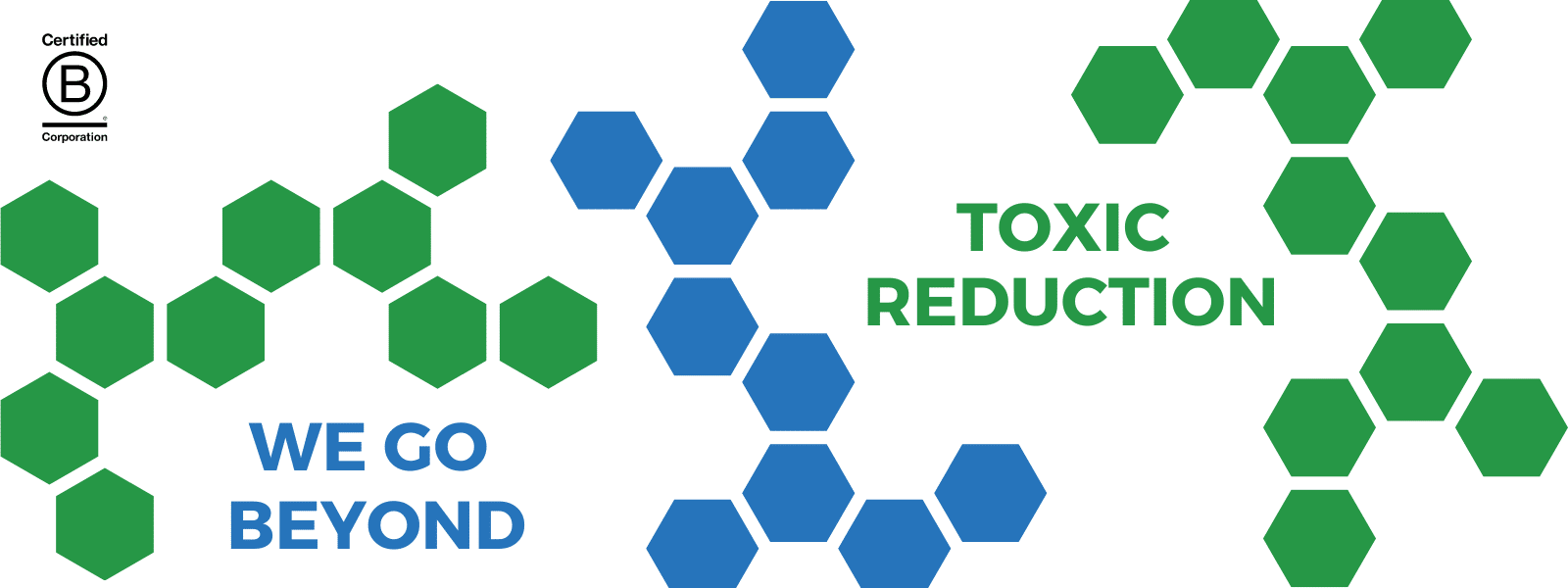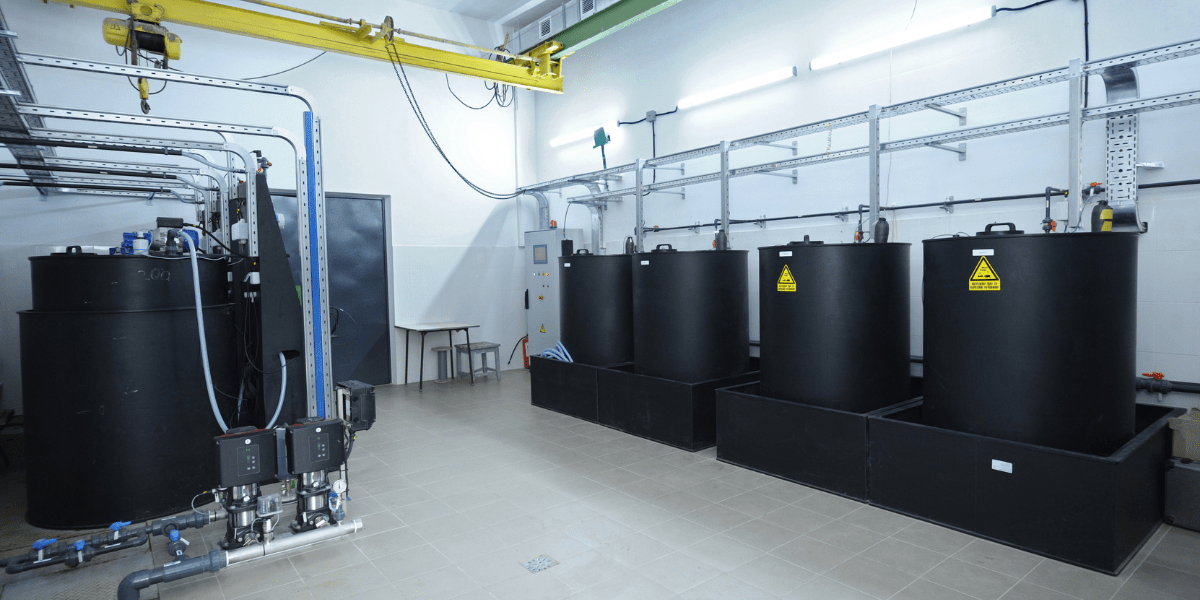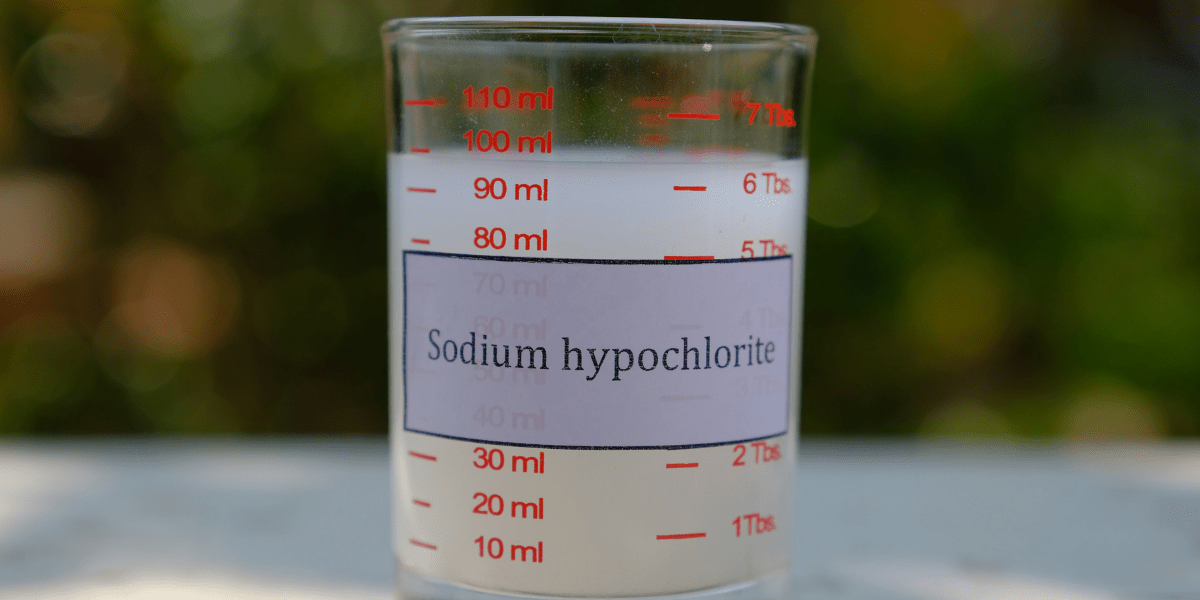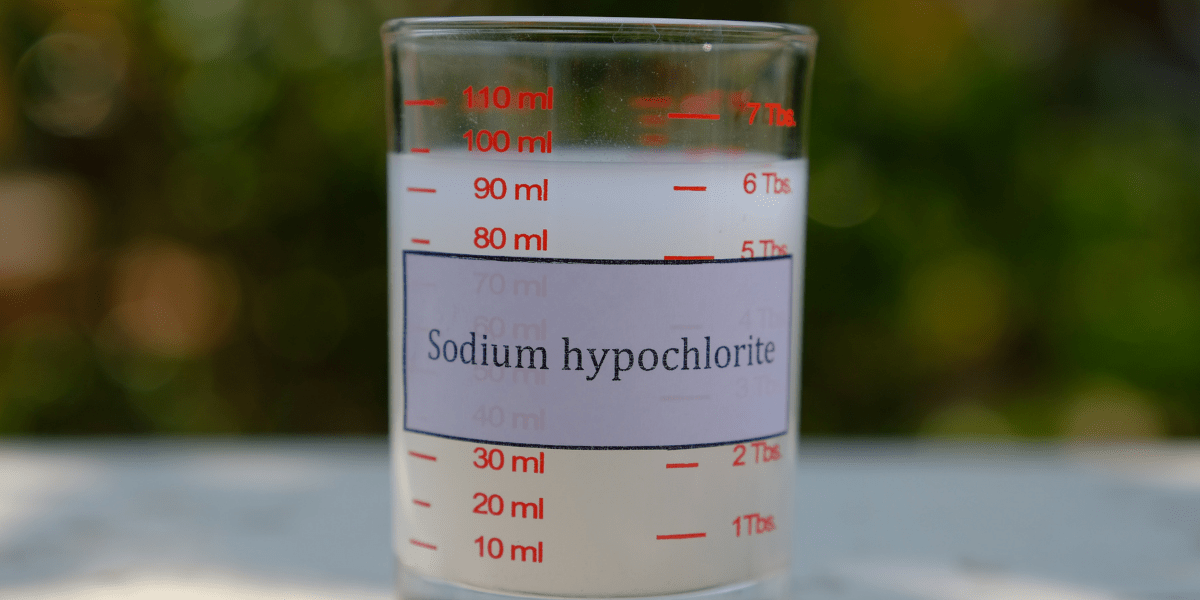Despite the many results and profits chemicals bring, chemicals do come with several disadvantages. One of the most notable of these is toxicity....
Blog


CHEMICAL INDUSTRY NEWS
Chemical Chat – Discover What’s New!
Sodium Hypochlorite VS Bleach
What are the differences when comparing sodium hypochlorite vs bleach? Sodium hypochlorite is a white powder made up of chlorine and sodium...
Sodium Hypochlorite Uses
What are common sodium hypochlorite uses? Sodium hypochlorite, more commonly referred to as bleach, is used across several industries as a...
What Is The Difference Between Sodium Hypochlorite And Bleach?
The difference between sodium hypochlorite and bleach is in the consistency of the substance. Sodium hypochlorite is a...
Sodium Hypochlorite VS Bleach
What are the differences when comparing sodium hypochlorite vs bleach? Sodium hypochlorite is a white powder made up...
Company News

Managed Services
Discover the Latest in Safe and Sustainable Chemical Solutions
Stay informed with Ecolink’s blog! Subscribe now
Chemical Management Information
Stay updated with us
Sign Up for the Latest Updates
Stay informed about chemical supply chain disruptions and emerging innovations to keep your business at the forefront of efficiency and innovation. Uncover new ways to make your business practices more sustainable by incorporating safer products into your cleaning lineup.


























